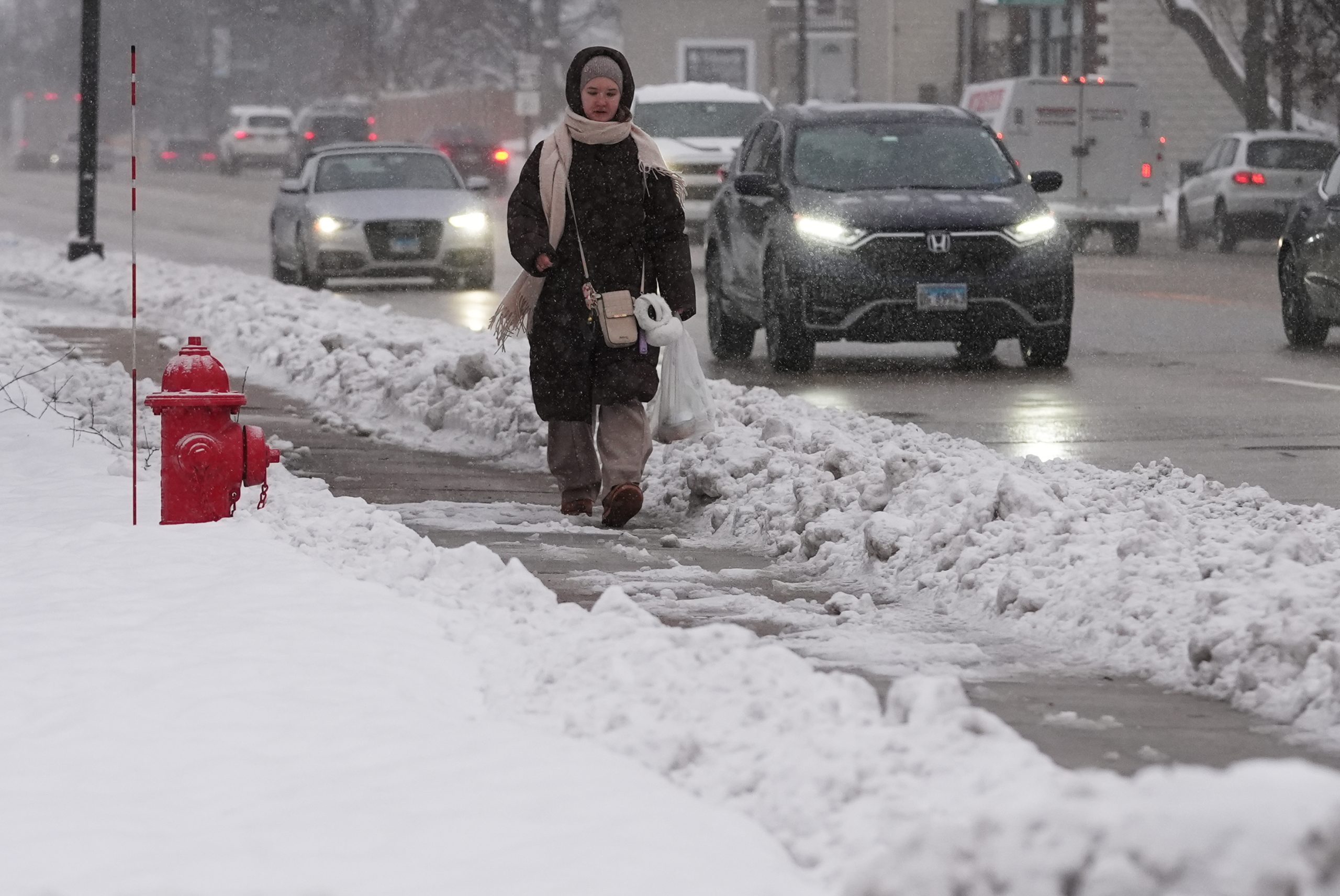Having enough savings to be capable of retiring someday may be turning into a pipe dream for many Americans. The amount of savings Americans think they need to retire comfortably rises each year, with the latest amount being $1.8 million, according to a Charles Schwab survey.
“While this amount hasn’t shifted drastically, only 37% of workers think it’s very likely they’ll achieve this target, down by 10% from last year at $1.7 million,” the survey said.
The U.S. retirement system places a significant emphasis on individual responsibility for retirement savings. The adequacy of retirement income often depends on personal savings habits, investment choices and the types of retirement plans available through employment.
Data from the Economic Innovation Group found that in 2021, “69 million — or 55.5% — of workers lacked any kind of employer-provided retirement plan, a group made up disproportionately of low-income earners.”
The data also found that states had different access to retirement plans provided by employers.
Idaho was the best state, with 47% of the state’s low-income workforce having access to an employer-provided retirement plan, while Florida was the worst state at 23%.
Utah had a 30% share of low-income workers with access to an employer-provided retirement plan, but only 16% participated, and 260,134 low-income workers do not have access at all.
“Roughly 40 million Americans lack access to an employer-sponsored retirement plan, which represents a significant roadblock to achieving financial security for their retirement,” Sen. Thom Tillis, R-N.C., said in a press release.
Thillis, along with Sen. John Hickenlooper, D-Colo., and Reps, Lloyd Smucker, R-Pa., and Terri Sewell, D-Ala., introduced the Retirement Savings for Americans Act to Congress for the second time last year after first introducing it to the Senate in 2022.
The Retirement Savings for Americans Act is a bipartisan bill introduced to improve retirement security and financial well-being for low- and middle-income American workers.
Key provisions of this act include the following:
Eligibility and auto enrollment: The act targets full- and part-time workers who do not have access to an employer-sponsored retirement plan. These workers would be eligible for an account and automatically enrolled, with contributions set at 3% of their income. They have the option to adjust this contribution rate or opt out entirely, and independent workers, such as gig workers, are also included in this eligibility.
Federal contribution: To support low- and moderate-income workers, the act proposes a 1% automatic contribution and up to a 4% matching contribution via a refundable federal tax credit. This benefit starts to decrease at median income levels.
Portability: One key benefit of the program is the portability of the accounts. They remain with the workers throughout their careers, allowing them to stop and start contributions as needed.
Private assets: The accounts are the property of the worker, and the assets can be passed down to future generations, aiding in wealth and financial security building.
Investment options: The act provides a range of investment options similar to those in the current Thrift Savings Plan. These include low-fee investment choices like lifecycle funds, which are aligned with the worker’s estimated retirement date, and index funds composed of stocks and bonds.
“Americans who work hard their entire lives deserve to retire with dignity,” Hickenlooper said, per 401K Specialist. “This bill helps low-income workers enjoy a secure retirement and fulfill their American dream.’’
The act has garnered support from various sectors and organizations, reflecting a bipartisan interest in improving the U.S. retirement savings system.
In October, American multinational financial services company Charles Schwab offered its strong support for the act.
“Creating this kind of program meets an obligation we all share to help every working American build financial security and well-being in retirement. I also know it will offset future support we surely would have to provide if we don’t help more people begin to build that security today,” founder and co-chairman Charles Schwab said in his support letter.
“And in true American spirit, it isn’t a giveaway, but an incentive for working individuals to begin helping themselves and their families,” he added.
A prominent nonprofit and nonpartisan organization, the American Association of Retired Persons is the latest company to fully endorse the Retirement Savings for Americans Act.
“Nearly 1 out of 4 Americans has no retirement savings, and more than half of all Americans report they are concerned they will not achieve financial security in retirement. We know that Americans are much more likely to save when they have access to retirement savings options at work. Today, nearly half of all private-sector employees do not have access to an employer-sponsored retirement savings program,” Bill Sweeney, senior vice president of government affairs at AARP, in the RSAA endorsement letter.




